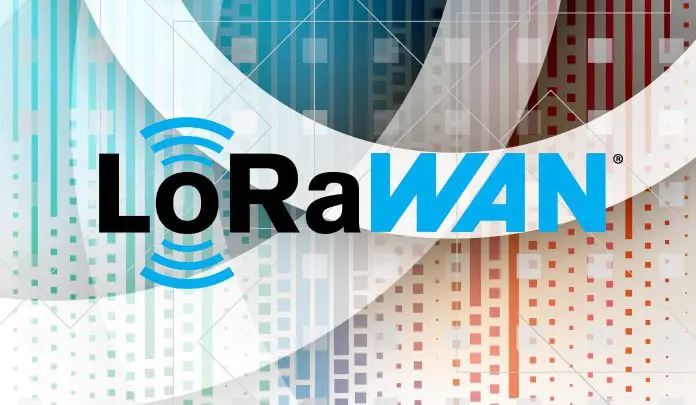As is its job, the LoRa Alliance took to the (virtual) stage at The Things Conference this week to proclaim its destiny, slate the competition, and gee-up the troops. The message was that LoRaWAN will achieve “massive scale” in practically every ‘vertical’ market in the year ahead, vanquishing rivals in the race to arm major brands in the fight against global pandemic, economic meltdown, and environmental ruin.
That was the gist, anyway. There was a noisy and partisan crowd to witness it, gathered together by The Things Network (TTN) / Things Industries (TTI), the Amsterdam collective that was hosting the event, and which is responsible in no small part for the buzziness of the LoRaWAN community. (The chattering in the chatbox on the conference platform was a departure from the tumbleweed networking at most online forums in the Covid-19 era.)

Donna Moore, chief executive and chair at the LoRa Alliance, said work over the last five years to develop the standard and foster the community (the one time in tech the term ‘ecosystem’ sounds right) was unmatched anywhere else in the low-power wide-area (LPWA) section of the IoT market.
She listed the keys to scale, which will take LoRaWAN from a niche technology that has spread consistently outwards into new domains to a mass-market networking tool that will flood every industrial silo in the next 12 months with the means to get smart. She referenced its open specification, its active developer community, strong device portfolio, easy playability with complementary connectivity tech, and latest roaming and provisioning tools.
Moore said: “2020 was about the power of LoRaWAN – for sustainability, to solve the world‘s challenges, for safety, to help prevent the spread of Covid. We have been able to show because of the work over the last five years, with the specification and the ecosystem. But we are ready to move forward. Where LoRaWAN has built scale horizontally, adding new use cases and verticals, the whole IoT market is now looking to scale upwards.
“Which means massive scale in each vertical. Last year, AWS shook the market up [with IoT Core for LoRaWAN], because it showed AWS is investing in LoRaWAN. It showed LoRaWAN is the one that will scale. Open standards allow for innovation and consistency, which allow for scale. It is clear proprietary IoT solutions will not scale. We will see more and more large brands enter the market [with LoRaWAN] in 2021 [in order to get back to work].”
As well, Moore highlighted the work of the alliance on the latest 1.0.4 version, designed to ease development, deployment, and certification processes, along with the introduction of new regional parameters to increase network capabilities with “frequency hopping spread spectrum”, and the addition of zero-touch device identification and onboarding.
The LoRa Alliance has just announced multiple network operators have deployed “roaming-capable platforms”, with “full LoRaWAN roaming capabilities” now available in 27 countries, as well as via satellite. Updates to the TS002-1.1.0 LoRaWAN Backend Interfaces Technical Specification, completed at the end of 2020, simplify roaming in public-to-public network peering, and also in public-to-private and private-to-private network peering.
They also add LoRaWAN geolocation features for roaming devices. A feature of the protocol enables a LoRaWAN device to be served by several gateways at once, belonging to its home network and one or more visited networks. This allows several networks’ gateways to act as one, with unified coverage serving the device, said the alliance.
At The Things Conference, Moore repeated the battle cry. “2021 is about scale, and LoRaWAN is only LPWA [technology] ready to scale – with the largest global ecosystem of any LPWA provider, an open standard, innovation, consistency, and security from start, plus a specification that is easy to develop and deploy, and is proven to work in multi-RAN strategies, and has the most certified devices on the market.”

